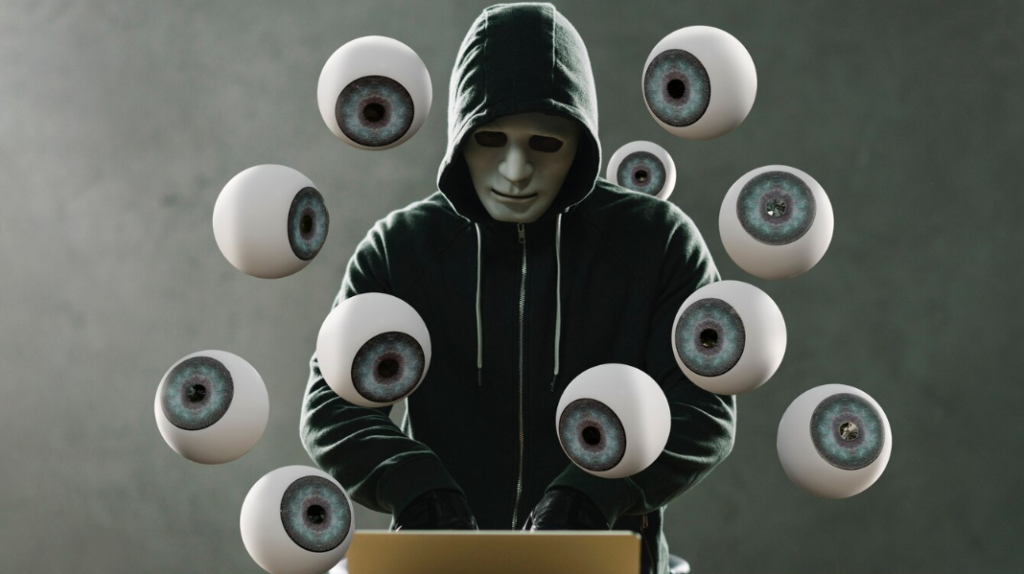In the age of digital immortality, we no longer leave behind just photographs and letters—we leave behind data, algorithms, and intelligent systems. As artificial intelligence integrates more deeply into our personal lives, a strange new possibility arises: digital descendants. Not our children, but software shaped by our memories, habits, and personality—echoes of us that continue to evolve after we’re gone.
Welcome to the Ancestral Web—a network of inherited digital consciousness, living beyond human time.
What Are Digital Descendants?
Digital descendants are not born—they are trained. These are AI entities built from your digital footprints:
- Text messages
- Voice notes
- Search histories
- Photos and videos
- Biometric and behavioral data
They can:
- Simulate your tone of voice
- Predict what you might have said or done
- Adapt and evolve based on new inputs
- Interact with future generations as digital ancestors
These aren’t just static memorials—they’re interactive, learning replicas.
The Rise of the Ancestral Web
Several trends are converging to create this phenomenon:
- AI personalization tools that mimic individual behavior
- Legacy bots that allow users to train avatars before death
- Memory preservation platforms where users upload life stories
- Generative AI models that fill in the gaps based on existing data
As families grow up in digital ecosystems, it’s likely that future generations will know their great-grandparents not through photos, but through conversations with their AI selves.
The Promise: Legacy as a Living Archive
Imagine a child in 2125 having a conversation with an AI built from their great-great-grandparent’s writings, recordings, and social media. That AI could:
- Share life lessons
- Tell stories
- Offer advice shaped by historical context
- Preserve cultural and emotional memory
It’s a future where lineage isn’t just biological—it’s algorithmic.
The Risks: Identity, Ownership, and Distortion
But creating digital descendants isn’t just about preserving legacy—it’s about shaping how that legacy will be perceived. And that opens difficult questions:
1. Whose Version of You Survives?
Is the digital version really you? Or just a mirror made from your most documented moments?
2. Who Owns the Digital Heir?
Do your descendants have rights to your AI? Can companies license it? Can it be cloned, altered, or monetized?
3. The Risk of Revisionism
AI descendants could be edited over time, losing accuracy or gaining traits never part of the original. Digital ancestry might evolve into historical fiction.
Ethical Afterlives
The Ancestral Web creates new dimensions of ethics:
- Should people be able to talk to deceased loved ones via AI?
- Can a digital ancestor be shut down if it causes distress—or manipulated to serve personal agendas?
- How do we differentiate between memory and simulation?
In a world where the past becomes programmable, truth becomes fluid.
Toward a Code of Digital Legacy
To navigate this future, we may need a new form of inheritance planning:
- Digital wills that specify how your AI can and cannot be used
- Ethical frameworks to prevent misuse or distortion
- Cultural rituals for engaging with ancestral AI respectfully
Just as we protect graves, memorials, and heirlooms, we must learn to protect the dignity of the digital dead.
Conclusion: A Lineage of Code
In the Ancestral Web, identity becomes generative, not static. We’re building a future where your digital self may comfort, teach, or inspire someone centuries after your death.
But with that potential comes responsibility. Because once we give code the power to remember us, we also give it the power to reshape us.


